Destination De Hoop: Whale Watching on the Southern Tip of South Africa
Go walking, hiking, or bike riding, take a scenic game drive, snorkel in the turquoise tidal rock pools, or simply relax on the unspoiled beaches. There is something for everyone here.

As the sun goes down and the sky lights up the surface of the water in crimson, orange and yellow, we sit, sundowners in hand, looking out over seemingly the endless ocean before us. Silhouetted against the sky is a Southern Right Whale and her baby. Breaching and blowing, she belly flops on the surface of the water, a sensational sunset spectacle.
We are at De Hoop Nature Reserve, just a three-hour drive from Cape Town, but somewhere so totally different from the hustle, bustle and cosmopolitan vibe of the city. This southernmost tip of Africa is a protected haven of grassy sand dunes, long white sandy beaches, mountains and a spectacular coastline, where whales breach and play. De Hoop is rich in biodiversity and a host to some sites that are just waiting to be explored. This stunning 130 sq mile reserve is a UNESCO Ramsar World Heritage site with over 43 miles of pristine coastline.
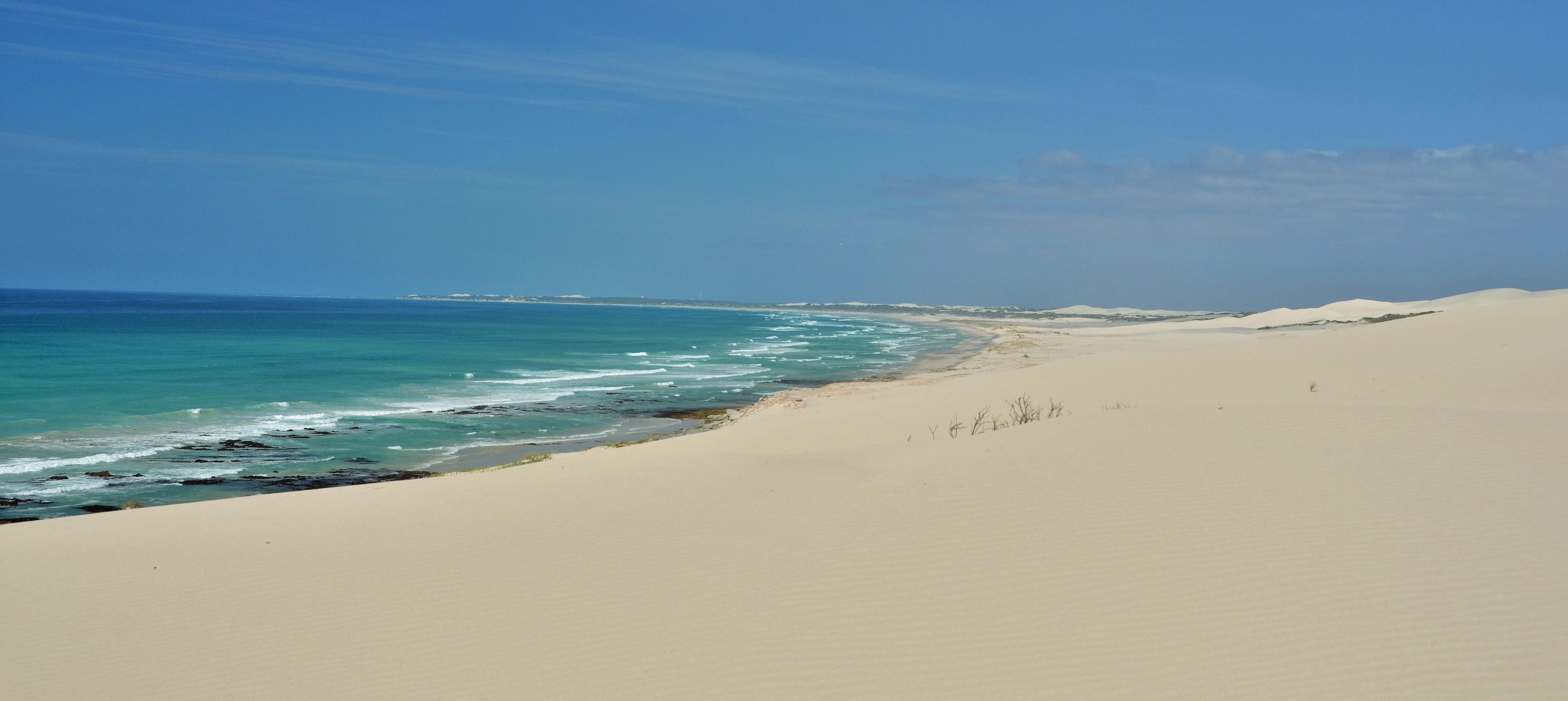
"There is something for everyone here."
The De Hoop Nature Reserve offers the complete outdoor experience - sea, sand dunes, wetlands, an array of rare plants, diverse animals and incredible birdlife. It’s a favourite destination for hikers, cyclists, bird watchers and whale watchers alike. Take a scenic game drive, snorkel in the tidal turquoise rock pools, or simply relax on the unspoiled beaches. The Marine Protected Area, which extends three nautical miles out to sea, is one of the largest marine protected areas in Africa, providing a sanctuary for a vast and fascinating array of marine life. Aside from the whales, you are likely to spot dolphins and seals, as well as at least 250 species of fish. For those venturing outside the reserve, the local area is characterised by quaint towns, blossoming wine industry and some delightful places to sample delicious local cooking. There is something for everyone here.
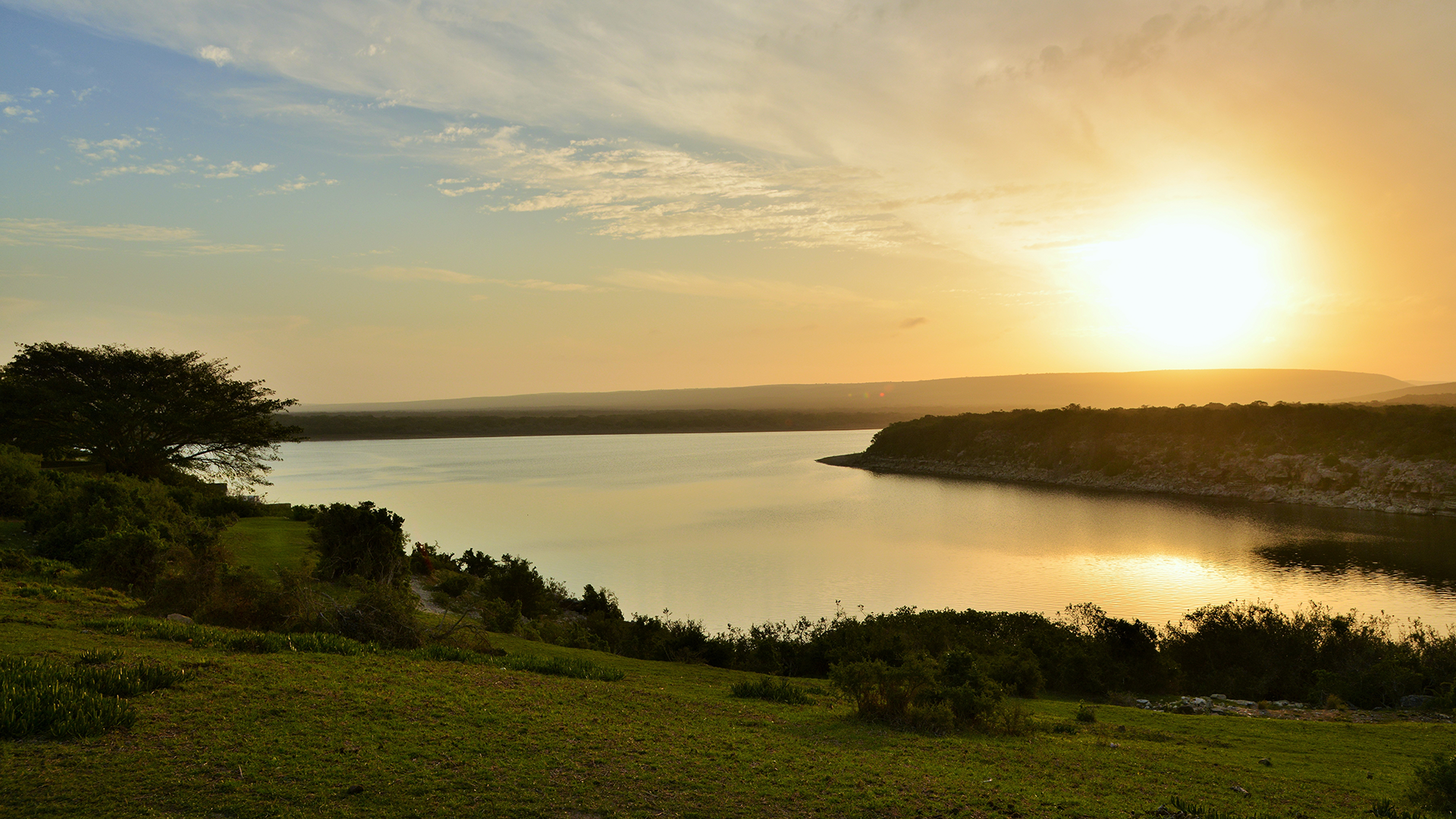
Within the reserve itself, there are a couple of really special places to stay, with some incredible design, breathtaking views, sensational food, amazing service and fantastic things to do. De Hoop has everything you need for a truly memorable stay.
The protected waters off De Hoop are a haven for endangered Southern Right Whales. Some 40% of the world’s population of these gentle giants return to these waters annually, to mate, give birth and rear their calves. The De Hoop Nature Reserve is an important destination for these magnificent mammals and during the season around 120 whales call De Hoop home. At the peak periods of the season (June and December) as many as fifty can be spotted in a day, making the reserve one of the best spots for land-based whale watching in the world. The whales come so close to shore that visitors can simply relax on the sand dunes and watch them.
For a more immersive experience, join a guided marine walk and explore the coastal rock pools, fossilized sand dunes, sandy beaches and rocky shores. Your guide will show you marine life of all shapes and sizes, from bright orange starfish to purple sea urchins, limpets, barnacles, octopus, and some of the many sea birds that call these shores home. And when you’ve had your fill looking down at the critters in the rock pools, you can grab a snorkel and join them. Snorkelling in the large, clear rock pools is one of the best ways to experience this magical marine world.
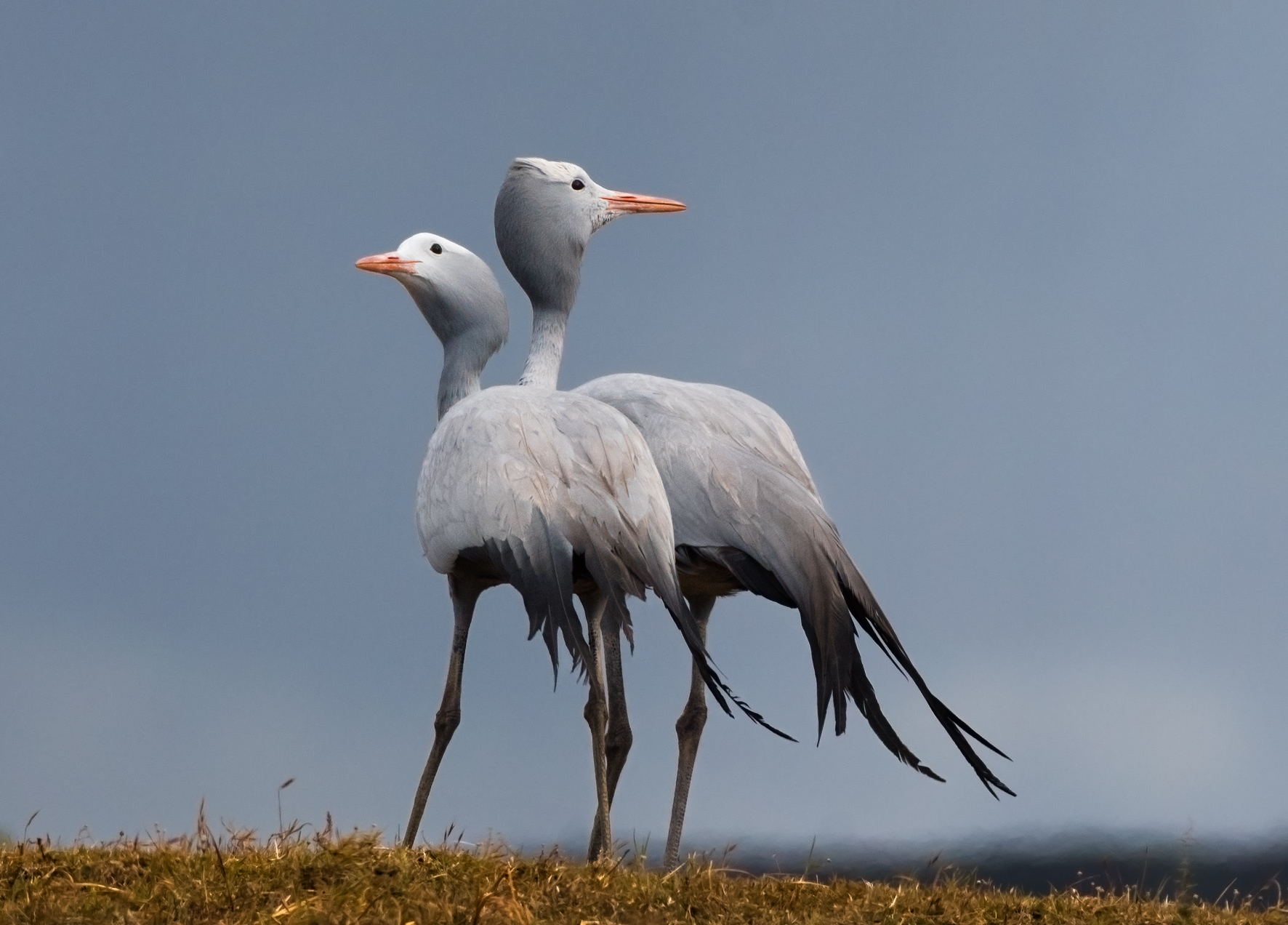
Back on land, De Hoop Nature Reserve is home to an amazing diversity of wildlife. 86 mammal species are found here, including the rare bontebok and Cape mountain zebra, as well as elegant elands, grey rhebok, baboons, mongoose, caracals and, if you’re lucky, even the occasional leopard.
There are numerous ways you can get out and enjoy the wildlife. Take a game drive in an open vehicle, join a guided mountain bike ride or go for a hike, either guided or on your own. In the absence of large predators, you have the opportunity to safely get up close and personal with the wildlife. For keen hikers, De Hoop has one of the best hiking trails in South Africa, the Whale Trail. The 5 day, 55km route, through one of the Western Cape’s most unique and diverse nature reserves is popular, and bookings are required well in advance.
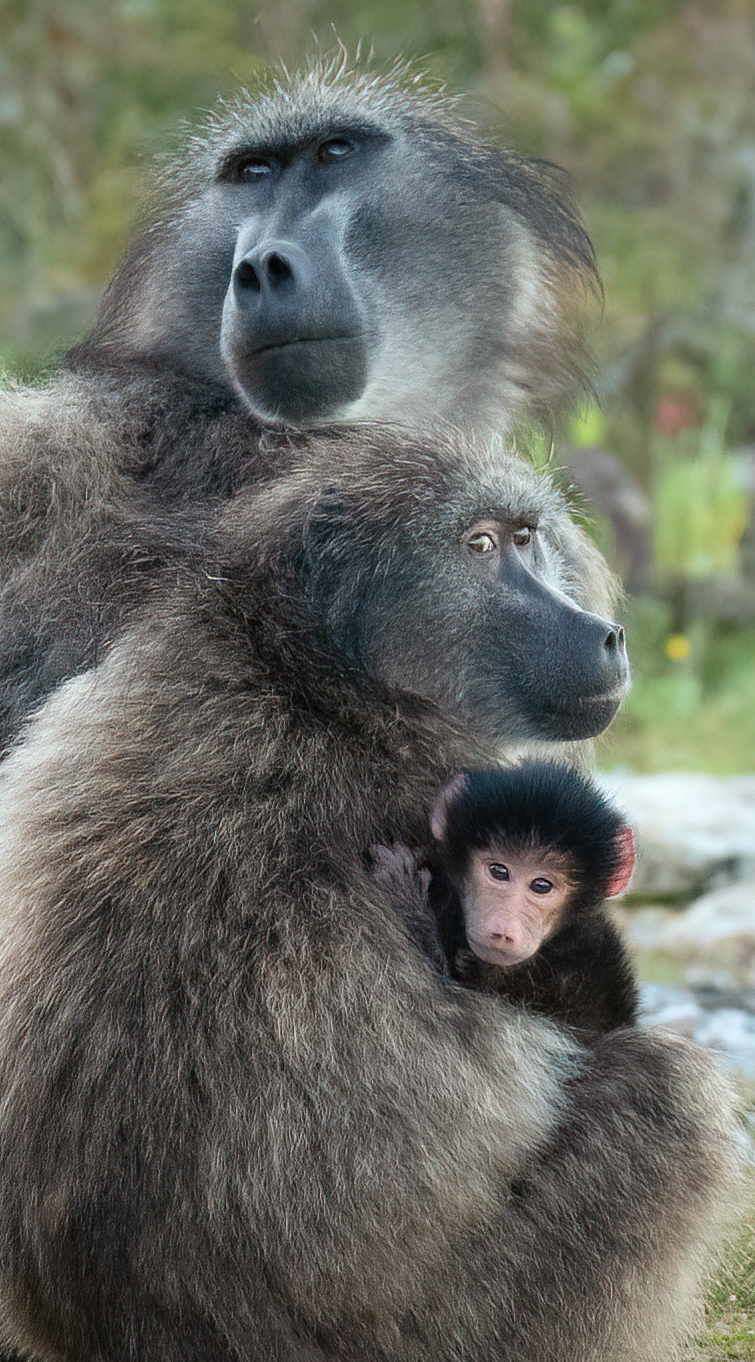
One morning I was lucky enough to find myself surrounded by a family of ostrich while walking to breakfast. A male and his bride, with 12 knee high chicks in tow. They were calm enough to not run from me, but still a little shy, and I could see both the parents keeping a watchful eye on me. I kept my distance, especially from those legs. If cornered, an ostrich can deliver a kick capable of killing a lion and I wasn’t taking any chances!
"A kick capable of killing a lion and I wasn’t taking any chances!"
De Hoop Nature Reserve is part of the world's smallest, most threatened plant kingdom, the Cape Floral Kingdom. Fynbos (which comes from the Afrikaans word meaning ‘fine plants’) is the dominant type of vegetation here. This is a special and unique type of vegetation that grows in nutrient-poor soils and is well adapted to fire and drought. There are approximately 1,500 different varieties found here, a large percentage of which are rare, threatened and endemic. If you take a guided hike on one of the inland trails you’ll be knee-high in fynbos. Yellow, coral, pink, purple and hundreds of shades of green, with the most incredible perfumes. You may even see some beautiful proteas (the national flower of South Africa) which flower here in numerous sizes and colours.
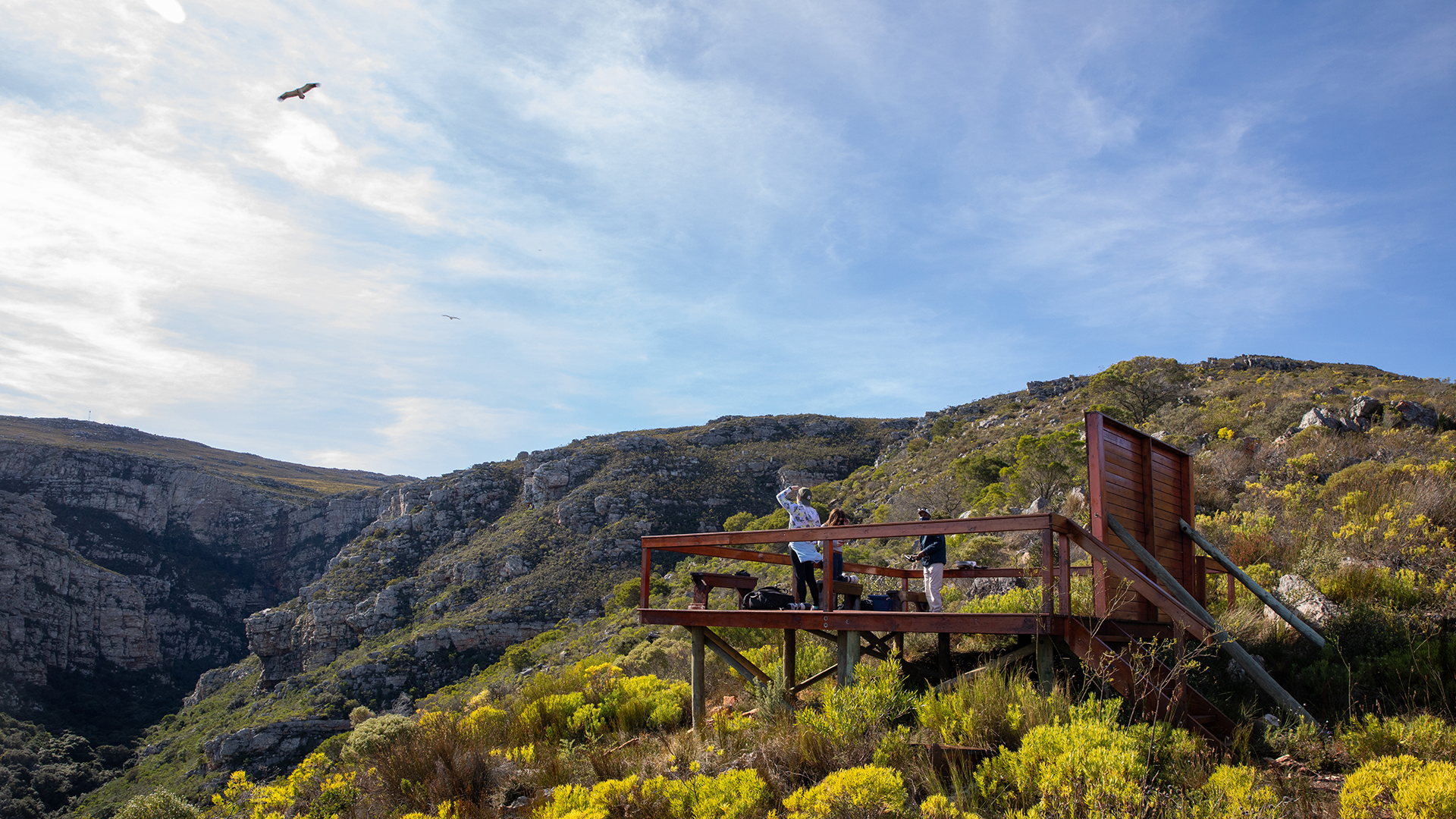
The De Hoop wetlands are an internationally Important Bird and Biodiversity Area (IBA). For keen birdwatchers look out for the endemic Southern Boubou and the rare Malachite Sunbird, even the least interested birdwatchers amongst you will enjoy the sight of a flamingo or a fluffy baby ostrich fresh out of its egg. Keen birders can head out on a 2-hour walking experience with a qualified guide around the wetlands, or visit the nearby breeding colony of rare Cape Vultures. A short but steep hike, up the Klipspringer Trail, leads you to the lookout point over the colony, and it’s well worth the climb.
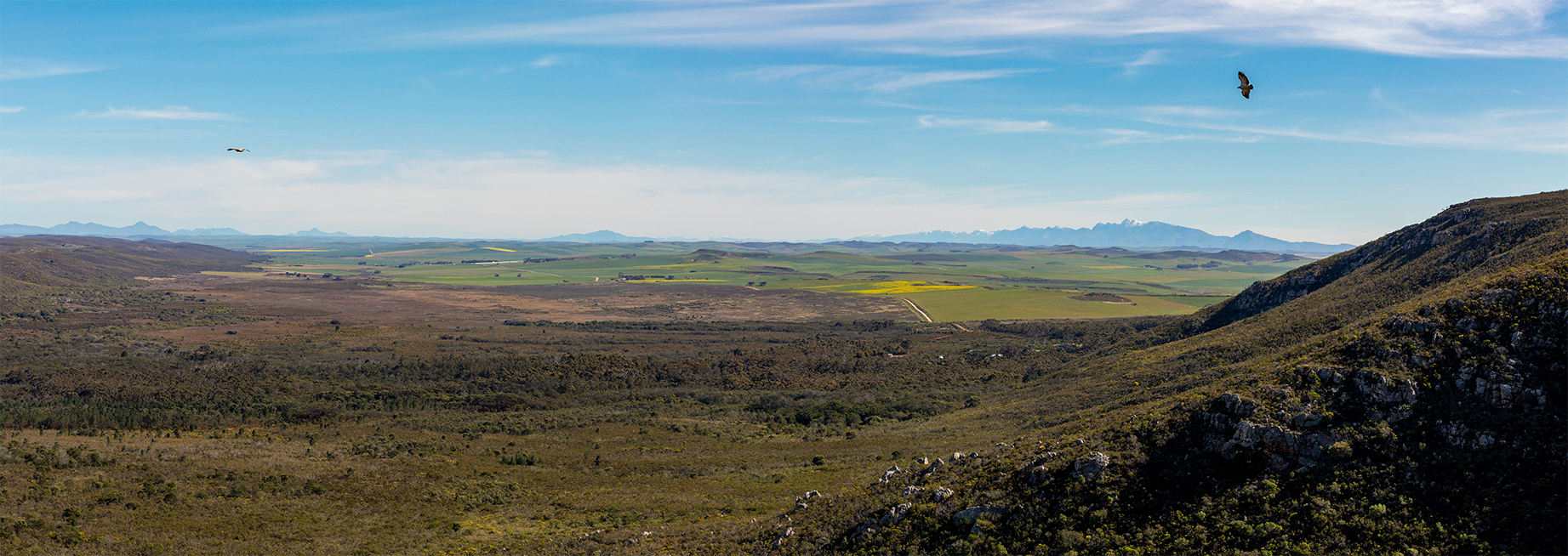
Once you’ve had your fill hiking, cycling or walking, you can always relax on a boat trip exploring the De Hoop waterways and wetlands. Flamingos, pelicans, perhaps a fish eagle soaring overhead, or if you are lucky, a sleek Cape clawless otter cavorting at the water’s edge. Go out in the morning and enjoy a cup of tea or coffee with refreshments, or head out in the afternoon with a glass of wine and some savoury snacks.
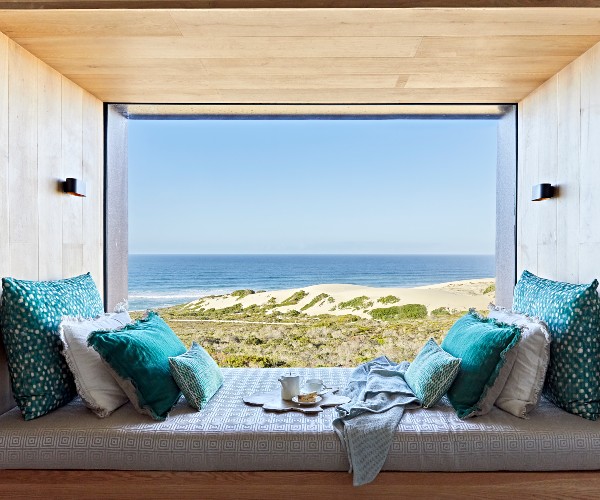
So where does one stay to experience De Hoop in all its glory? How about the luxurious 5 bedroomed Morukuru Beach Lodge. The lodge is in a breath-taking location, right on the coast, with panoramic views out over the azure Indian Ocean. From here you have a bird’s eye view of the continent’s greatest whale nursery, pristine white beaches and dunes, limestone cliffs, crystal clear rock pools, and surrounded by coastal fynbos. Morukuru Beach Lodge is an eco-lodge, with stunning décor and outstanding food; the last word in luxury. Each spacious suite has a fireplace, ensuite bathroom, and floor to ceiling glass sliding doors that open onto a terrace or verandah. This is a really special place.
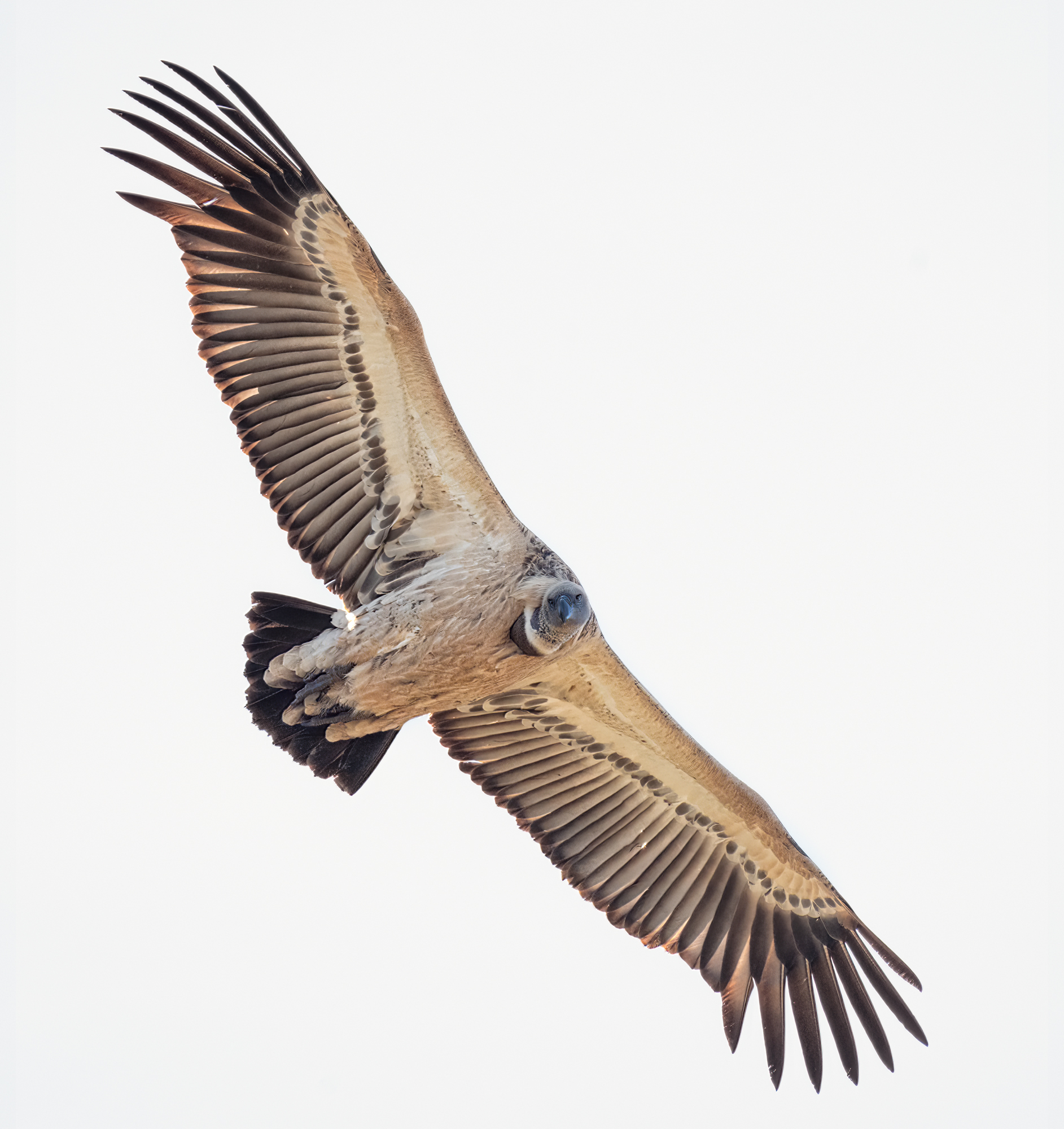
Nearby is the 4 bedroomed Ocean House, sister to Beach Lodge, which comes with a private pool, personal butler, private kitchen and chef, as well as open plan lounge and dining areas, romantic fireplaces and, of course, breathtaking views. Ocean House functions completely off the grid, proving luxury needn’t come at the expense of the environment.
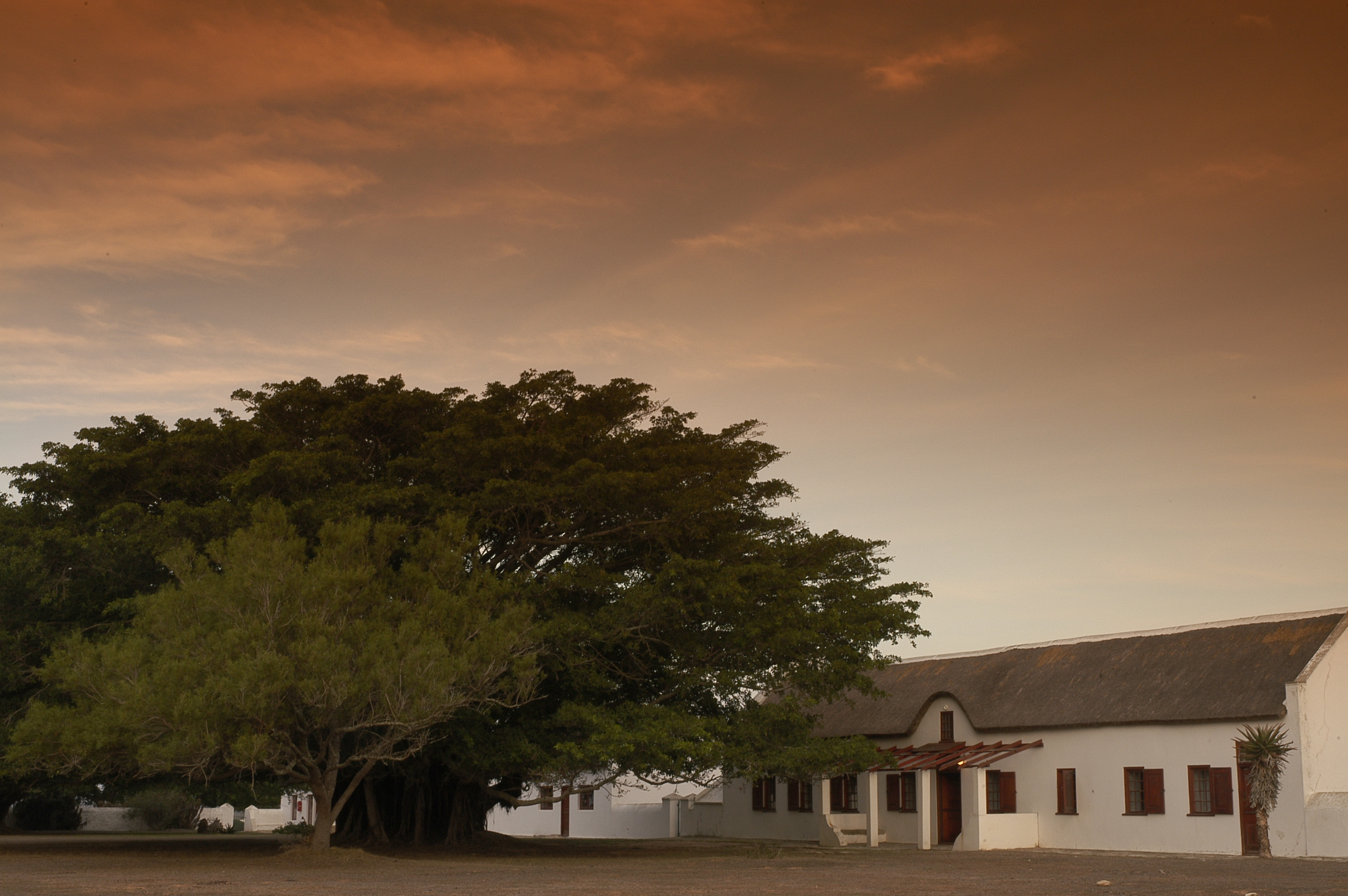
Away from the coast, and overlooking the wetlands is the historic De Hoop Collection. I stayed in the beautiful Opstal Manor House, the original farmhouse from the 1800s, which has been restored to its former glory. With beautiful yellowwood floors and ceilings and antique wooden furniture it feels, and is, authentically historic. The Opstal Manor House sleeps a maximum of six with three ensuite bedrooms, all reached from a beautifully panelled hallway. There is also a comfortable lounge filled with period pieces of furniture and the large original kitchen (now nonfunctioning) which all add a great deal of charm. There is also a tennis court, swimming pool and boules courtyard.
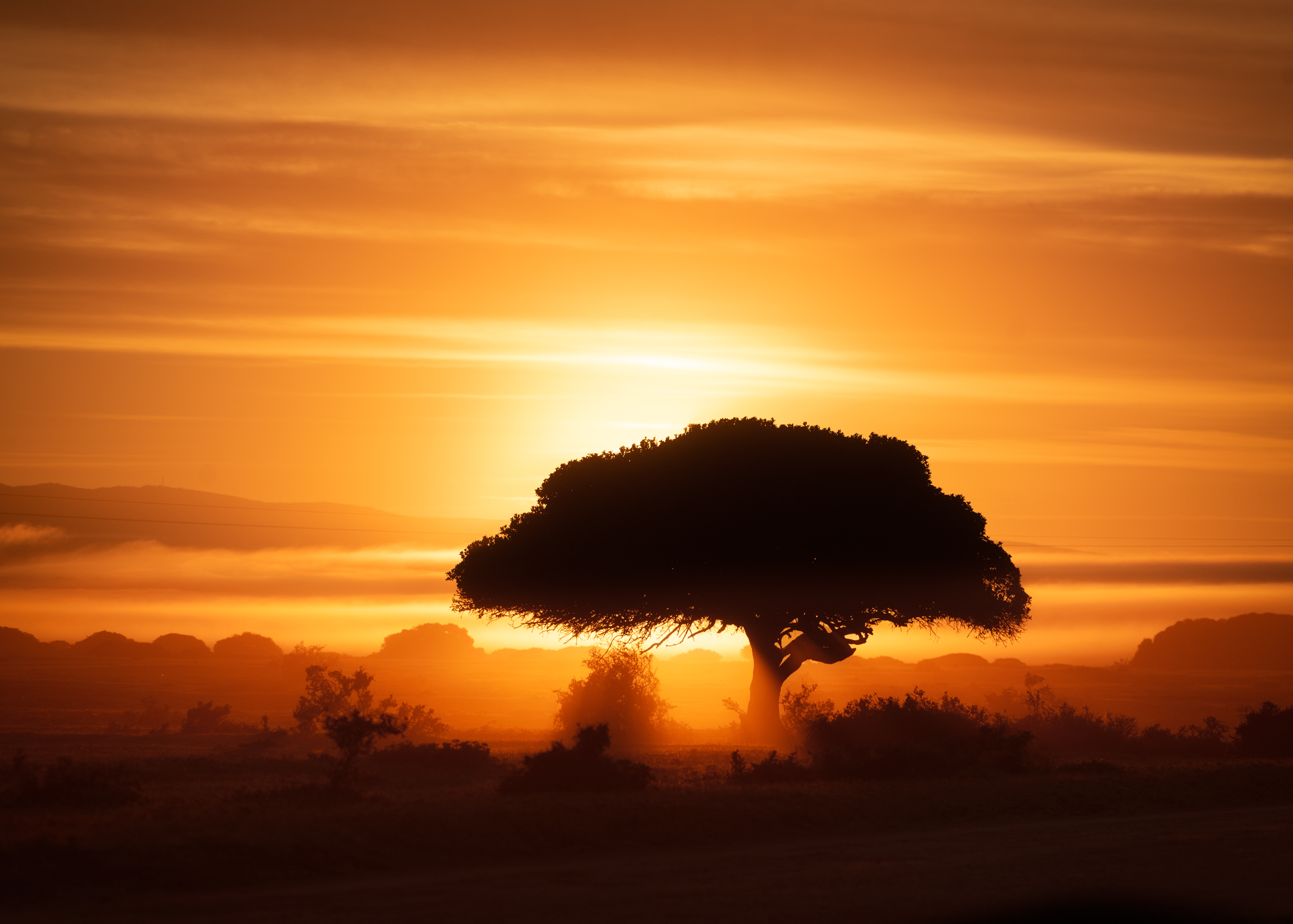
The De Hoop Nature Reserve offers a complete outdoor experience - sea, sand dunes, wetlands, rare plants, diverse animals, and incredible birdlife. Go walking, hiking, or bike riding, take a scenic game drive, snorkel in the turquoise tidal rock pools, or simply relax on the unspoiled beaches. There is something for everyone here. The best time to visit is August to November, during whale watching time, but honestly, any season is good! Adventure, peace and tranquillity, luxury and wilderness; De Hoop really has it all.
Cover Photo: A whale and her calf off the coast of De Hoop Nature Reserve, one of the largest marine protected areas in Africa



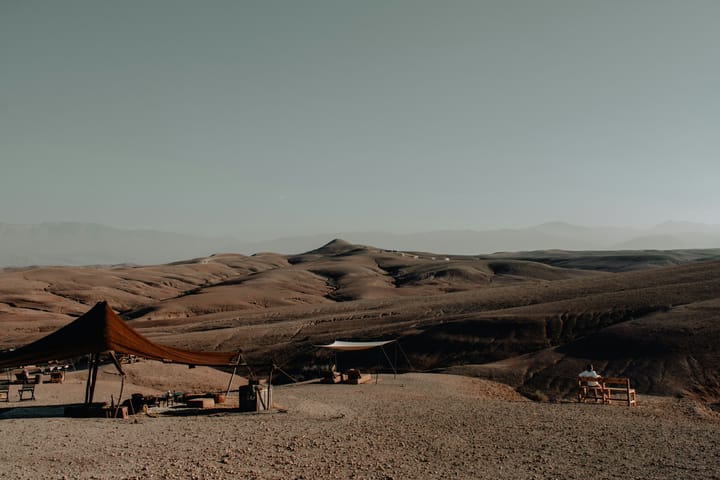

Comments ()